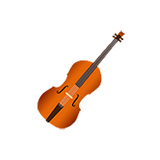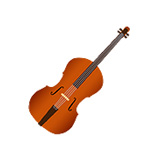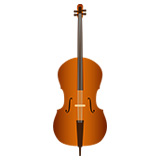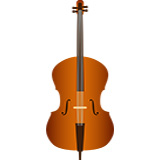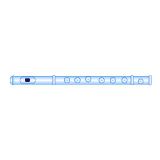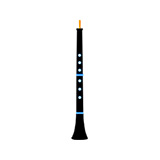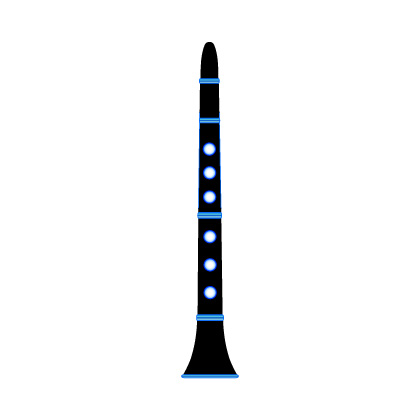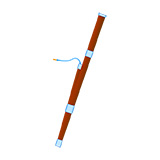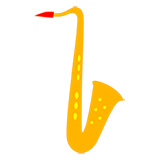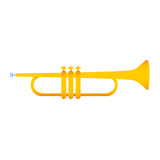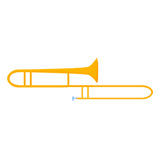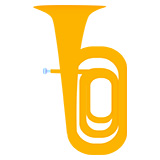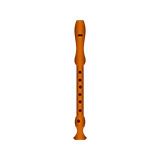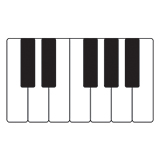
Home - Time Focus - Time Lines Contents

Time Lines Unit 4 Introduction
How to Play Dotted Half Notes, Whole Notes, and Whole Rests
In this unit we will learn two new note values and a rest, as well as a new concept — the rhythmic dot. When a dot is placed at the right side of a notehead, it indicates that half of the note value is added to its length. Therefore, the dotted half note is equal to a half note tied to a quarter note, as shown below. In 3/4 and 4/4, the dotted half note is equal to three beats. Dotted half notes will never occur in 2/4 because they have too many beats for one measure.

The whole note is equal to four quarter notes tied together, or four beats in 4/4. We will never see a whole note in 2/4 or 3/4 because they are too long. The whole note looks different from all of the other notes we have covered because it doesn’t have a stem.

The whole rest is unlike any other rhythmic value because its duration changes depending on the time signature in which it is used. The whole rest indicates that the entire measure should be silent. Therefore, in 2/4 the whole rest is equal to two beats, in 3/4 it is equal to three beats, and in 4/4 it is equal to four beats. The whole rest looks very similar to the half rest, but it is placed just below the staff line, as shown below.

Unit 4 Practice Tools:
Exercises: Play exercises with dotted half notes, whole notes, and whole rests.
Patterns: Dotted half note, whole note, and whole rest rhythm patterns.
Melodies: Dotted half note, whole note, and whole rest melodic phrases.
Practice Tips for Accurate Rhythm and Reading Skills
There are fewer rhythm exercises in this unit because there are fewer combinations of notes when we use whole notes and dotted half notes. However, don’t be deceived by the simple appearance of these rhythm figures. One of the most common errors of students is to miscount the duration of long notes. Make sure to use a metronome and count every beat of every measure carefully. It is very helpful to use a talking metronome, like the ones found on the Music All the Time website. Also, clap and count and play along with the audio and video recordings for this unit.
More Tools and Info:
Time Lines introduction
Time Lines Table of Contents
An introduction to rhythm and melody
Practice suggestions
Get the Time Lines book







